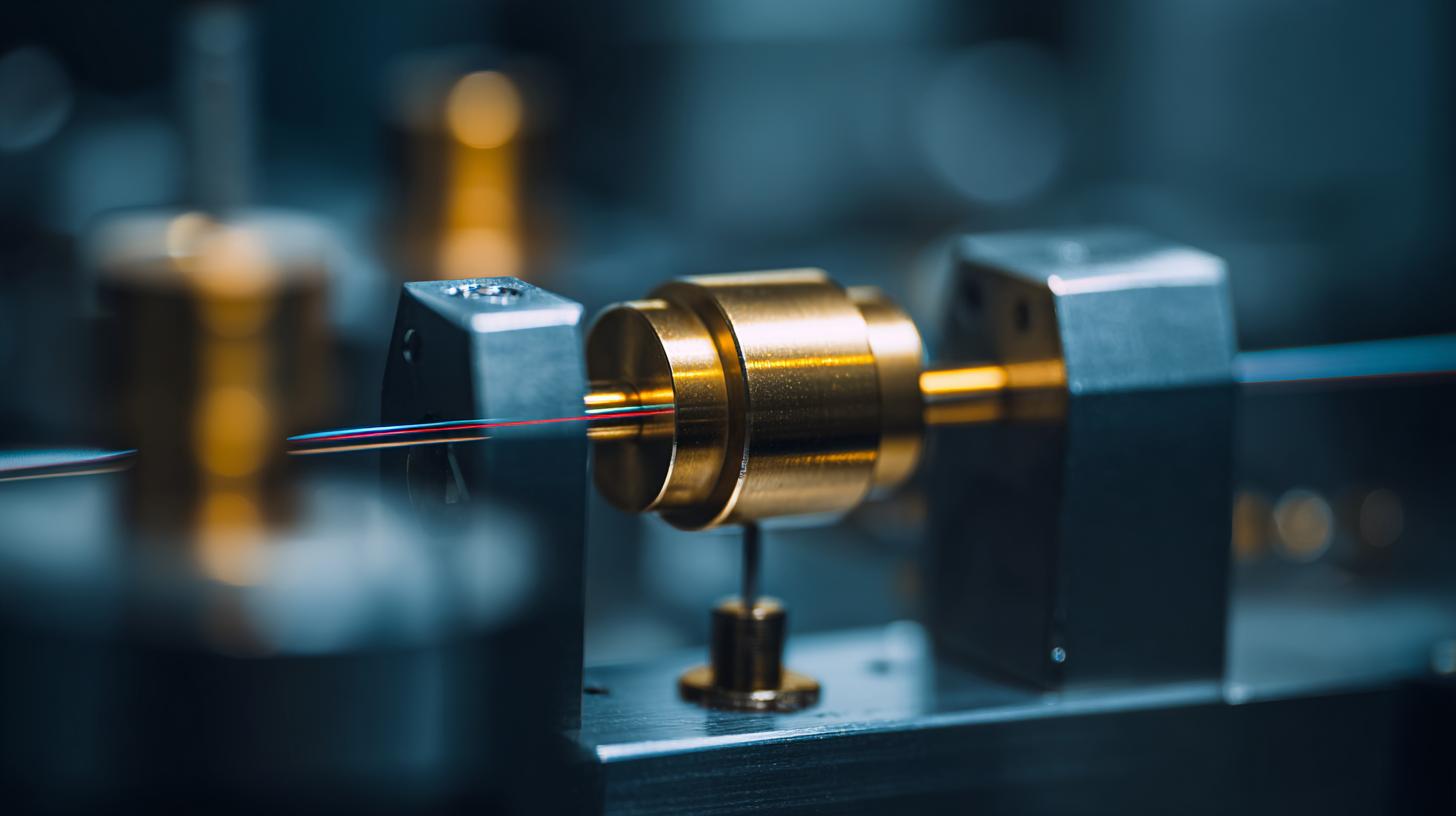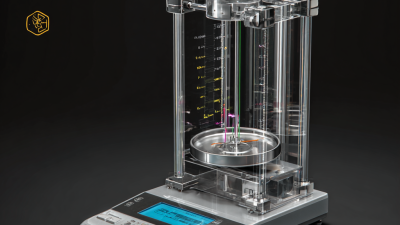In the realm of modern precision measurement, the concept of Electromagnetic Force Balance has emerged as an indispensable element for ensuring accuracy and reliability. This innovative technique leverages the principles of electromagnetism to counterbalance forces, enabling precise measurements in various scientific and industrial applications. As we progress into an era defined by increasing technological sophistication and the demand for higher accuracy, understanding the mechanics of Electromagnetic Force Balance becomes crucial for researchers and practitioners alike. This approach not only enhances measurement capabilities but also fosters advancements in fields ranging from nanotechnology to aerospace engineering. In this article, we will explore the significance of Electromagnetic Force Balance, its foundational principles, and practical tips for implementing this technique effectively in modern measurement systems.

 Electromagnetic force balance plays a crucial role in precision measurement, particularly in fields such as metrology and engineering. At its core, electromagnetic force balance involves the equilibrium of forces generated by electromagnetic fields, which can be meticulously controlled to achieve highly accurate measurements. This principle is utilized in various devices, including balances and scales, where the gravitational force acting on an object is countered by the force generated by an electromagnetic system.
Electromagnetic force balance plays a crucial role in precision measurement, particularly in fields such as metrology and engineering. At its core, electromagnetic force balance involves the equilibrium of forces generated by electromagnetic fields, which can be meticulously controlled to achieve highly accurate measurements. This principle is utilized in various devices, including balances and scales, where the gravitational force acting on an object is countered by the force generated by an electromagnetic system.
The understanding of electromagnetic force balance is essential for enhancing measurement precision, as it allows for the minimization of errors that arise from mechanical vibrations, temperature fluctuations, and other environmental factors. By leveraging advancements in electromagnetic technology, scientists and engineers can create more stable and reliable measurement systems. These systems ensure that the readings obtained are consistent and repeatable, which is vital in many applications ranging from scientific research to industrial quality control.
Overall, mastering the intricacies of electromagnetic force balance is fundamental to achieving the levels of accuracy required in modern precision measurement practices.
Electromagnetic forces play a crucial role in modern precision measurement systems, providing the necessary balance and stability required for accurate readings. The fundamental principle behind these systems lies in the interaction between electric charges and magnetic fields, which can be harnessed to create forces that counteract unwanted disturbances. For instance, in electronic scales and balance systems, electromagnetic force balance is utilized to ensure that the weight of an object can be measured without interference from external factors, such as vibrations or temperature variations.
Moreover, these principles extend into advanced applications such as atomic force microscopy and scanning tunneling microscopy, where precise measurements at the nanoscale are essential. In these cases, electromagnetic forces can be finely tuned to achieve equilibrium, enabling researchers to probe materials at an unprecedented level of detail. This balance allows for the accurate detection of variations at the atomic level, making electromagnetic forces indispensable in cutting-edge scientific research and industrial applications alike.
Achieving electromagnetic force balance is critical in modern precision measurement, particularly in fields like metrology and materials testing. One effective method is the use of electromagnetic weighing systems, where forces are finely tuned to counteract gravitational effects. According to the International Organization of Legal Metrology (OIML), these systems can reach uncertainties as low as 0.001% under optimal conditions, significantly enhancing measurement accuracy. Utilizing advanced feedback control methods, such as PID (proportional-integral-derivative) controllers, these systems maintain equilibrium, allowing for highly precise measurements in scientific research and industry applications.
Another approach to enhancing electromagnetic force balance involves integrating high-resolution sensors and calibration standards. For instance, the National Institute of Standards and Technology (NIST) reports that using laser interferometry in combination with electromagnetic balance systems has improved measurement precision tenfold, achieving resolutions in the nanogram range. This combination not only streamlines the measurement process but also ensures that results remain consistent across various environmental conditions, paving the way for innovations in high-precision engineering and manufacturing. As the demand for accuracy and reliability in measurements continues to grow, further advancements in these methods will be essential for meeting industry standards and enhancing technological capabilities.
This chart illustrates the importance of electromagnetic force balance in various precision measurement applications, showcasing the efficacy of different methods employed to achieve this balance.
Electromagnetic force balance plays a crucial role in various modern technologies, particularly in precision measurement applications. One of the most significant applications is in the field of mass metrology. Electromagnetic balances have transformed the way mass is measured, allowing for the determination of mass with an unprecedented degree of accuracy. By using electromagnetic forces to counteract the weight of an object, these balances can provide measurements that are less affected by external factors like air buoyancy and vibration, which is essential for maintaining standardization in industries ranging from pharmaceuticals to aerospace.

Another important application of electromagnetic force balance is in the development of precision instruments in the electronics sector. Devices like microelectromechanical systems (MEMS) rely on precise measurements and control, often utilizing electromagnetic principles for actuation and sensing. This technology is vital in producing high-quality circuits and chips, which are the backbone of today’s electronic devices. As we continue to innovate in various fields, the reliability and accuracy provided by electromagnetic force balance systems will become increasingly essential for ensuring performance and efficiency in modern technological applications.
Maintaining electromagnetic force balance is crucial in achieving accurate precision measurements, as it directly influences the fidelity of various scientific and industrial applications. One of the primary challenges faced in this domain involves external environmental factors, such as temperature fluctuations and electromagnetic interference, which can disrupt the delicate balance required for precise measurements. Furthermore, the development of highly sensitive equipment necessitates innovative solutions to enhance stability and minimize errors caused by these variables.
Recent innovations have emerged to tackle these challenges, such as advanced feedback control systems and the integration of artificial intelligence to dynamically adjust the force balance in real-time. These technologies allow for better compensation against disturbances, increasing the reliability of measurement instruments. Additionally, the use of novel materials and designs, which exhibit reduced susceptibility to external influences, plays a significant role in ensuring that the electromagnetic force remains balanced. By continuously refining these methods, the field of precision measurement can advance, paving the way for new applications that rely on unparalleled accuracy.






